Will Apple retaliate by blocking Google’s workaround for AirDrop on the Pixel 10 series?
Why blocking this consumer-friendly feature could be an antitrust nightmare
This article may contain personal views and opinion from the author.

Google is seemingly tearing down the walled garden again, this time making the Pixel 10 series play nice with AirDrop protocols. It is a bold move that puts Apple in a tough spot and potentially solves a massive headache for cross-platform users.
Google crash-lands on the AirDrop party
Stop me if you've heard this one before: you want to send a video from your Android to your friend, only your friend has an iPhone and the video size is too large to send it over RCS, so you have to come up with workarounds to transfer the file. Maybe that's using WhatsApp, or Google Drive, or a third party file transfer app.
Well, that may no longer be an issue, as Google dropped a bombshell announcement this week confirming that their new flagship can natively trade files with Apple devices via AirDrop. And no, this isn't some hacky third-party app. This is baked right into Android's existing Quick Share feature.
Here is the thing, though: Google did this entirely on their own. In a statement (see below X post), Google explicitly confirmed that they didn't get a helping hand from Cupertino and even brought in a third-party security firm to pentest the solution, ensuring the connection is "direct and peer-to-peer" and never touches a server.
The setup is surprisingly simple but comes with one catch. Because Google doesn't have access to Apple's private handshake keys, you have to set your iPhone or Mac to "Everyone for 10 minutes" mode for the Pixel 10 to see it.
Google’s statement on the matter was equal parts helpful and cheeky, basically meaning "We built it. Your move, Apple."
New statement from Google regarding AirDrop compatibility:
— David ImeI (@DurvidImel) November 20, 2025
"We accomplished this through our own implementation. Our implementation was thoroughly vetted by our own privacy and security teams, and we also engaged a third party security firm to pentest the solution."
Why Apple is backed into a corner
Apple is backed into a corner here. On one hand, they want to kill this ASAP. On the other, they don’t want another RCS-level PR and regulator war on their hands. Extremely curious what happens next. I’d lean toward Apple just blocking it and not caring. https://t.co/yX3Lwhg1KN
— Mark Gurman (@markgurman) November 21, 2025
Why does this matter? Because for the last decade, AirDrop and iMessage have has been the invisible glue holding the Apple ecosystem together. It’s the reason creative teams buy Macs and why families shame the "green bubble" relative. By reverse-engineering this protocol, Google hasn't just added a feature; they've drained the moat.
Regulators are already watching big tech like hawks. Blocking a feature that objectively makes life better for consumers—allowing a Pixel user to send a full-resolution photo to an iPad—would be tough to defend in court.
There is also the technical reality. Experts are pointing out that because Google mimicked the standard AirDrop protocol so well, Apple might not be able to block the Pixel 10 without also breaking AirDrop for older iPhones that no longer receive updates. It’s a classic "checkmate" scenario.
Apple is now in a serious bind. Mark Gurman over at Bloomberg noted that Apple would want to "kill this ASAP," but in a post-DMA (Digital Markets Act) world, that is a dangerous game. If Apple releases an iOS update tomorrow that specifically breaks this compatibility, they'd be practically begging for an antitrust investigation.
Regulators are already watching big tech like hawks. Blocking a feature that objectively makes life better for consumers—allowing a Pixel user to send a full-resolution photo to an iPad—would be tough to defend in court.
There is also the technical reality. Experts are pointing out that because Google mimicked the standard AirDrop protocol so well, Apple might not be able to block the Pixel 10 without also breaking AirDrop for older iPhones that no longer receive updates. It’s a classic "checkmate" scenario.
Finally, a bridge for the mixed-ecosystem user
AirDrop between a Pixel and an iPhone is now a reality. | Video credit — Google
Google has also been smart to keep this a Pixel 10 series exclusive. While I am not sure if there's a legit technical reason for doing so, I am definitely tempted now to upgrade my Pixel 9a to a Pixel 10 just so I can have this functionality. Though Google did say in their announcement that they're hoping to bring this to more Android devices, they are over here giving me FOMO.
My only worry is that this feels like the start of an "exclusive features" war. I wouldn't put it past Apple to try and change the locks on the doors in the next version of iOS just to spite Google. But for right now, the walls are down. If you’ve been holding off on a Pixel because you "can't leave the ecosystem," Google just gave you your exit ticket.
Follow us on Google News



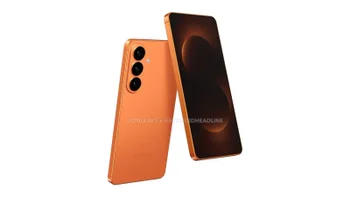

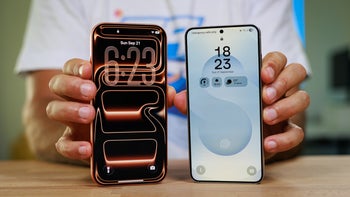
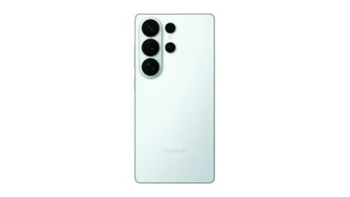


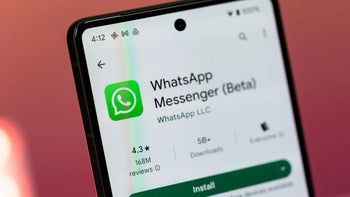
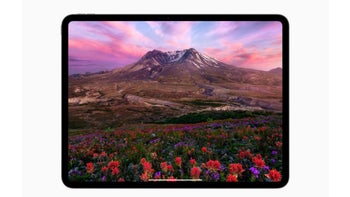
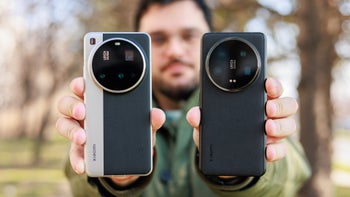

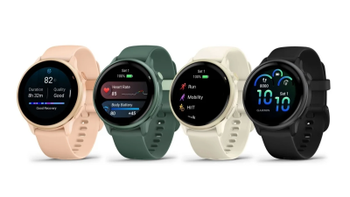
Things that are NOT allowed:
To help keep our community safe and free from spam, we apply temporary limits to newly created accounts: